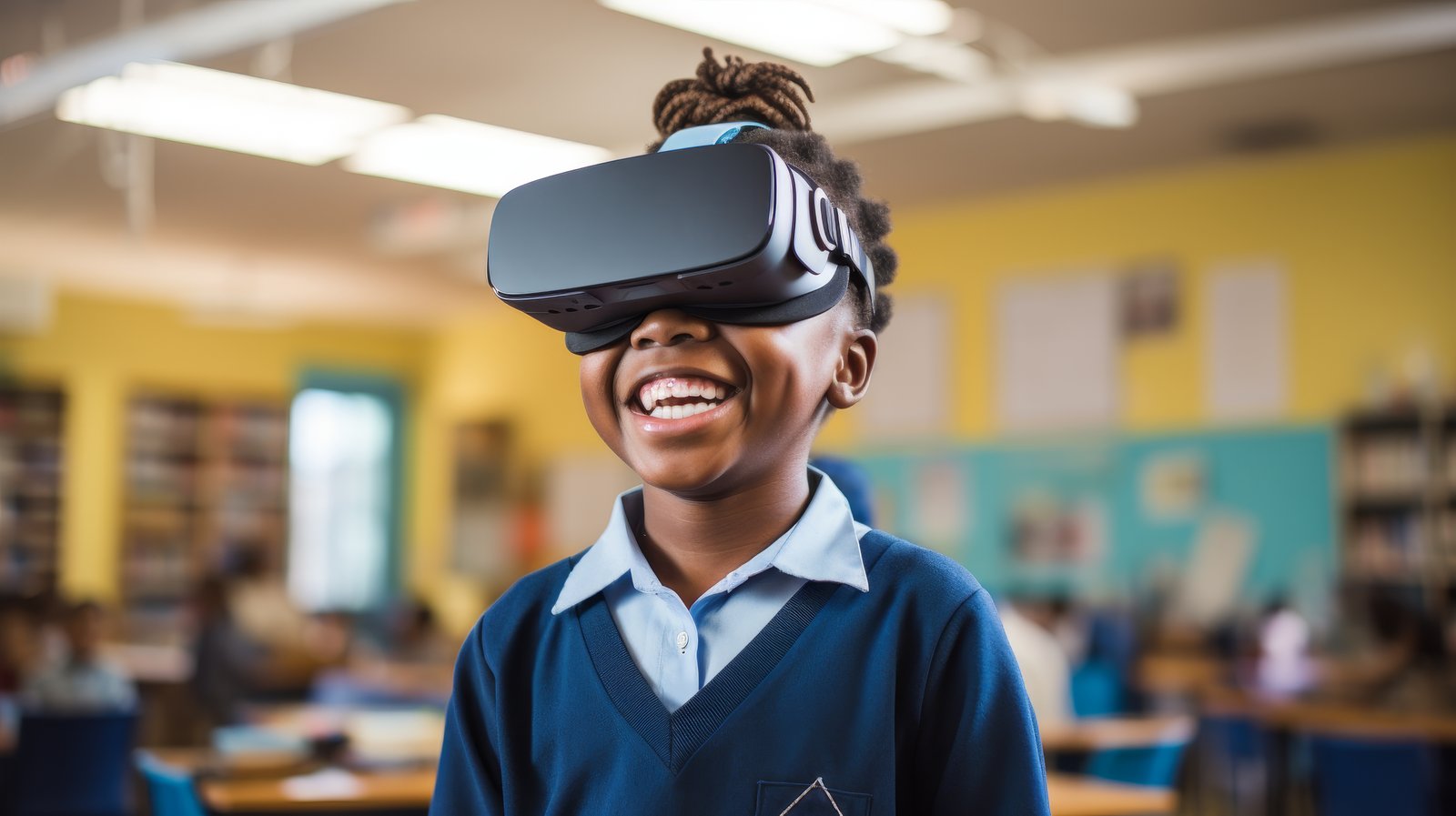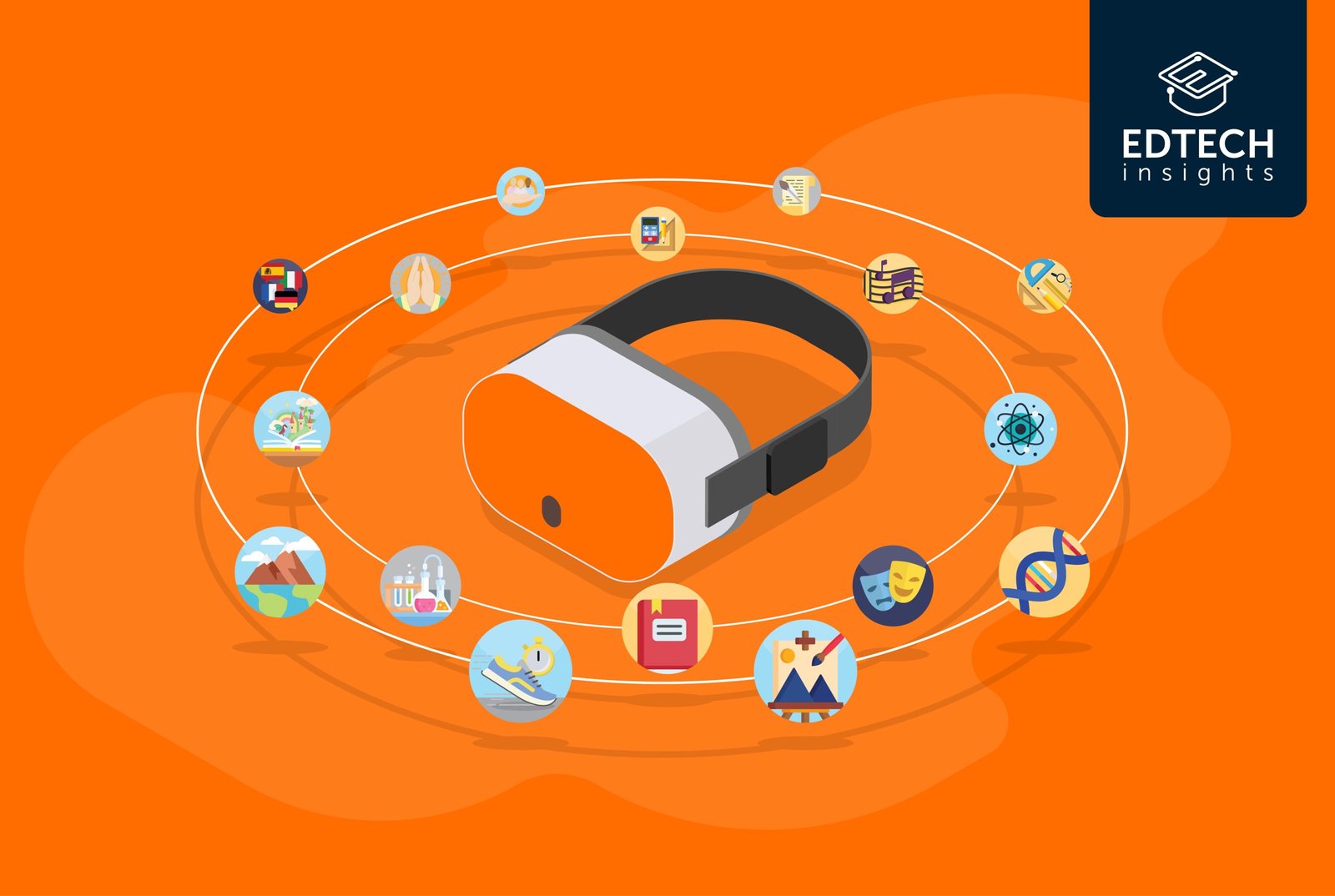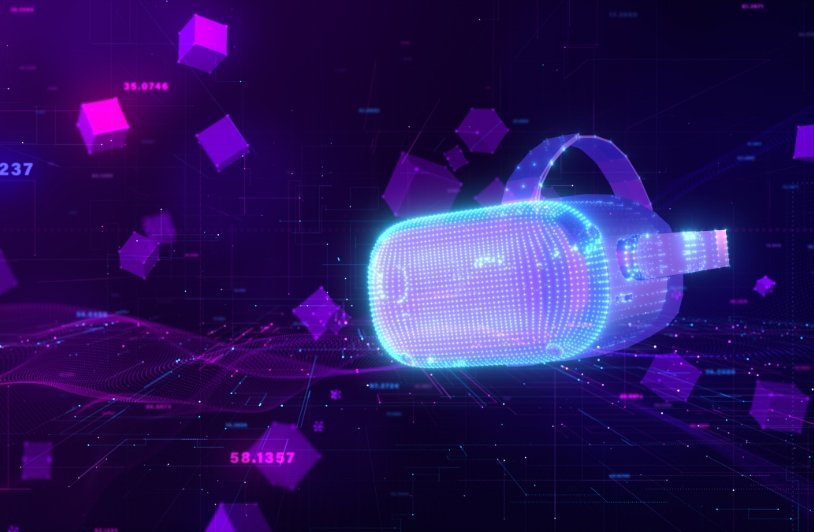Beyond Boundaries: How VR is Revolutionizing Experiential Learning.
The New Frontier of Education
Remember when field trips meant permission slips and packed lunches? While traditional excursions remain valuable, virtual reality is dramatically expanding the definition of experiential learning. VR technology is tearing down the physical, financial, and safety barriers that once limited educational experiences, transporting students to places they could never otherwise visit—from the depths of the ocean to the surface of Mars, from inside the human bloodstream to ancient civilizations.
Breaking the Four Walls
The classroom has traditionally been defined by four walls, with knowledge primarily transferred through textbooks and lectures. But as educational psychologist David Kolb established decades ago, many students learn best through concrete experiences—touching, seeing, and interacting with what they're studying. "VR creates a bridge between abstract concepts and tangible experiences," explains Dr. Maya Reynolds, Director of Educational Technology at Northwestern University. "When students can virtually walk through the Amazon rainforest while studying biodiversity or stand on the streets of ancient Rome while learning history, the information becomes contextualized in a powerful way.".
"We learn by example and by direct experience because there are limits to the adequacy of verbal instruction." — Malcolm Gladwell




Comments (2)
Great read! VR offers exciting possibilities for experiential learning, enhancing engagement and understanding by creating immersive, interactive simulations.
Thanks for sharing this. I think VR allows students to actively explore concepts, experiment with real-world scenarios, and develop critical thinking skills.